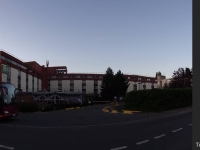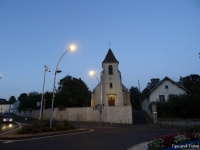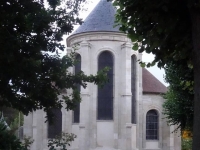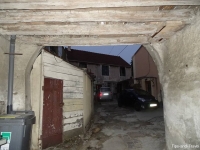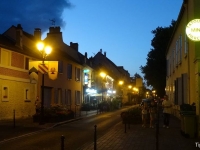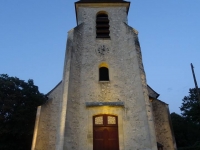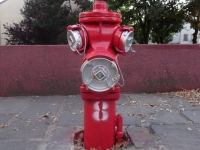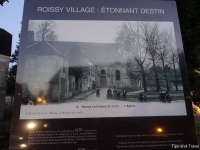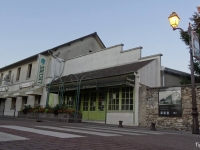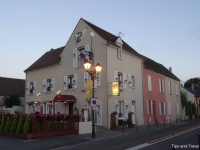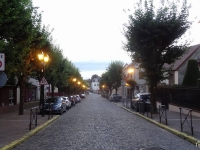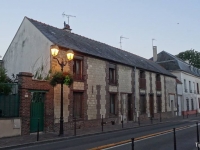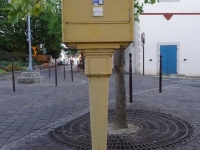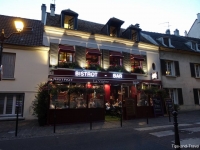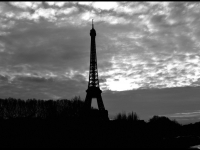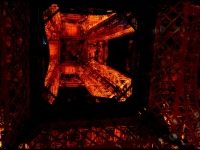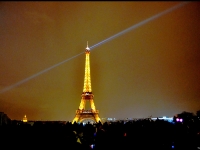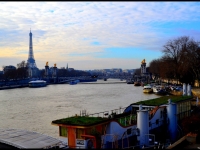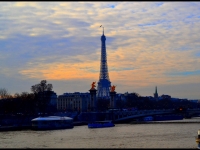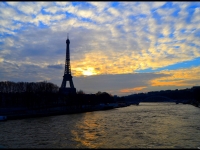Roissy-en-France is a commune in the eastern part of the Val-d’Oise department, 20 kilometers northeast of Paris. Roissy-en-France was a prosperous farming village of rich fertile land, you can still see the remains of the castle in which resided the Lords century to century. About 40 years ago, this small village charming, lively and welcoming, has become one of the most famous destinations in the world when Charles de Gaulle Airport was implanted at its doors. Several excavations were made with the airport amplification (from 1996) that allowed to know the details of the history of the village; Gallic, Roman, Medieval and Renaissance rests have been found over the years. Most of the finds are in ARCHEA (intercommunal museum of history and archeology) in Louvres. The communal area comprises 1,400 hectares, among others, 150 form the village and 800 are part of the airport platform.
Tips
You have the choice of accommodation near the airport with 20 hotels and 5 residences.
If you want more information, you can arrive at the tourist office where several services are available: bike rental, audio guide for a pedestrian journey of 1h30 (offered in French, English or Spanish), ticket purchases for sightseeing in Paris and around, sales of guides to know the history of the village, shop to buy souvenirs of Paris.

